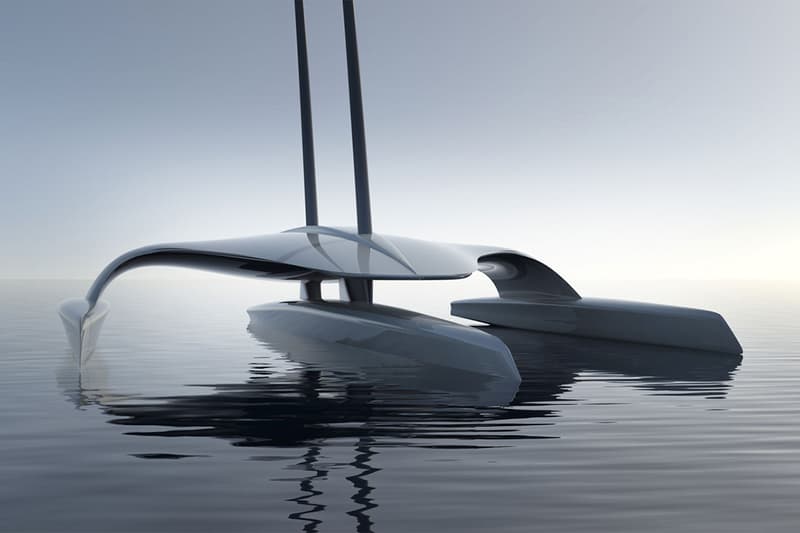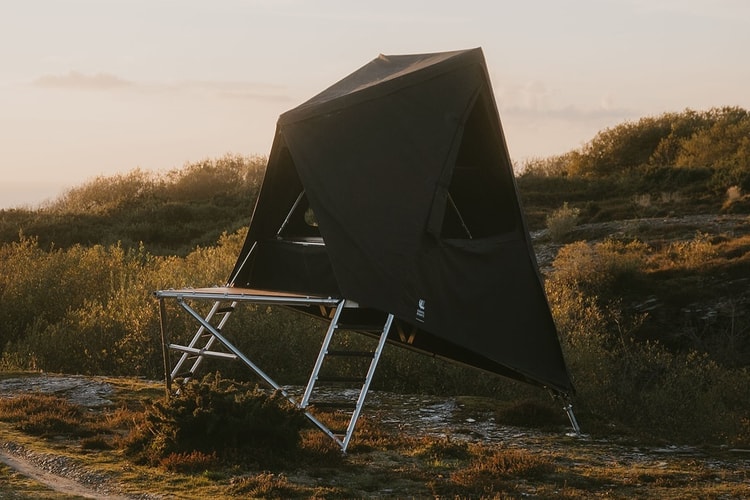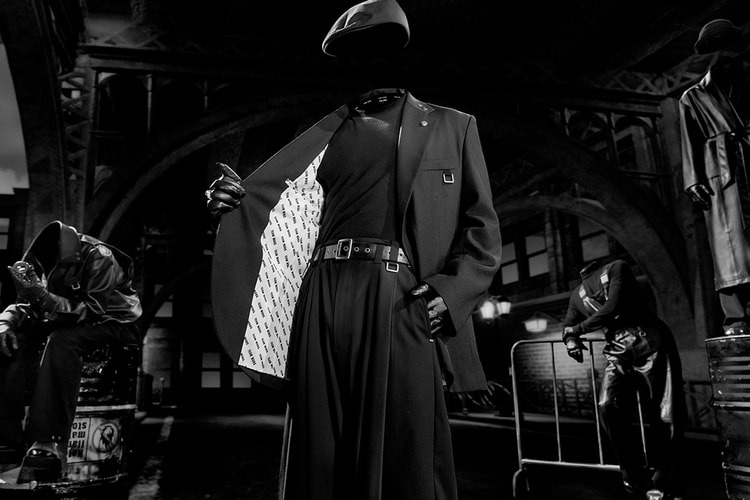Shuttleworth Design Introduces the Mayflower Autonomous Research Ship
The unmanned, fully autonomous ship will cross the Atlantic.

Fully autonomous automobiles appear to be right around the corner, so Shuttleworth Design has taken the technology a step further to create the Mayflower Autonomous Research Ship (MARS): an unmanned, fully autonomous boat. Intended as the very first unmanned ship to sail across the Atlantic, the trimaran MARS measures over 100 feet in length and will use state-of-the-art wind and solar technology to propel it — thus giving it an unlimited range. On board, the boat will carry a variety of drones so as to conduct a number of experiments throughout its voyage.
Developed in partnership with autonomous craft specialists MSubs and Plymouth University as a part of the school’s “Shape the Future” fundraising program, the multi-million dollar MARS will undergo a year-long testing phase before setting sail in 2020 to mark the 400th anniversary of the Mayflower’s voyage from Plymouth, England to North America. Said John and Orion Shuttleworth of the craft:
Our approach to developing the concept was to fully explore and take advantage of the opportunities that arise from not having to carry crew, and to create a vessel that is capable of using only renewable energy. Working within the limitations of renewable energy sources has given a clear direction to the developing form of the vessel. The solar cell area required for effective motoring is too large for efficient sailing and safety in large waves. To overcome this we are developing a folding wing system to increase the solar cell area by 40% in calm conditions.
A trimaran was chosen because it provides the most efficient hull form for low speed motoring. The hull configuration developed from a requirement to reduce windage, while keeping the solar array sufficiently high above the water to reduce wave impact. Without the need for accommodation, the centre hull has been kept low to the water and the wings and deck are separated and raised above on struts. This also allows waves to break through the vessel and significantly reduces roll induced by wave impact. The outer hulls are designed to skim the water reducing resistance by 8%.
The two masted soft sail rig, which will enable a top speed of around 20 knots, is designed to work with both or either sails hoisted, giving three sail combinations for varying wind speeds. Each sail is simply controlled by a single sheet, and the sails can stow into the deck taking up minimal space. Stowing the sails while motoring reduces windage and eliminates shadows cast over the solar cells on the deck, while allowing the masts to stay standing to carry navigation lights.
















